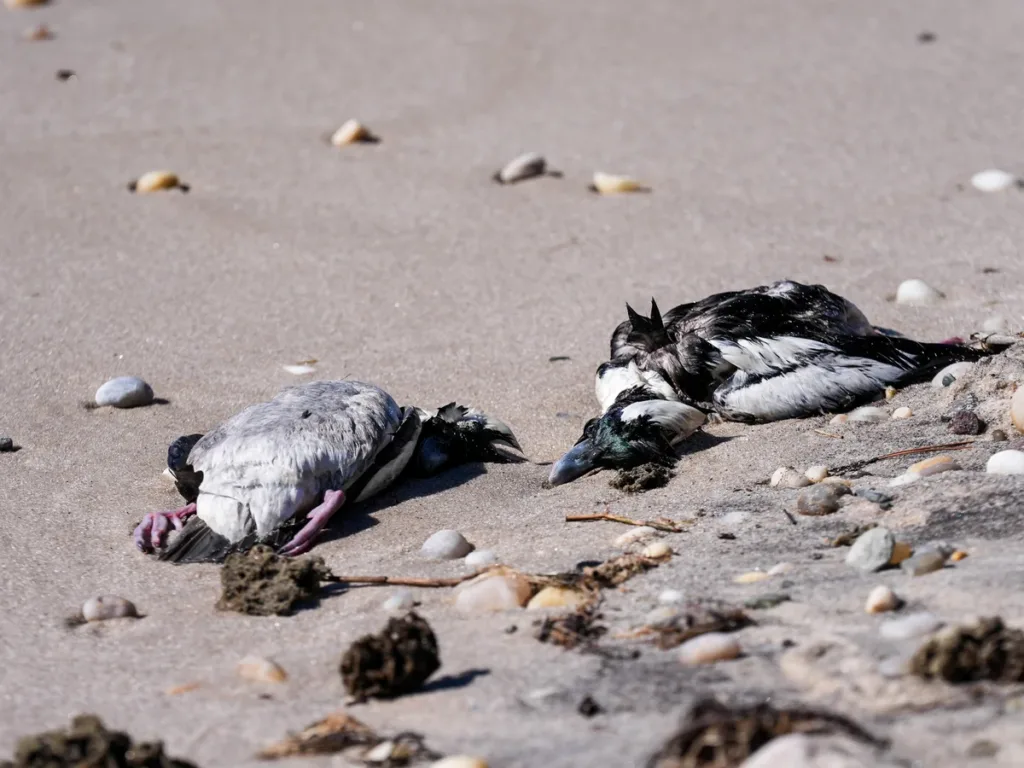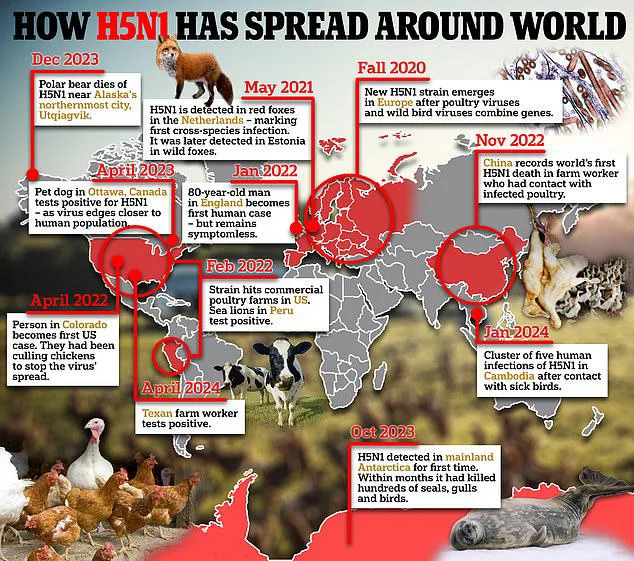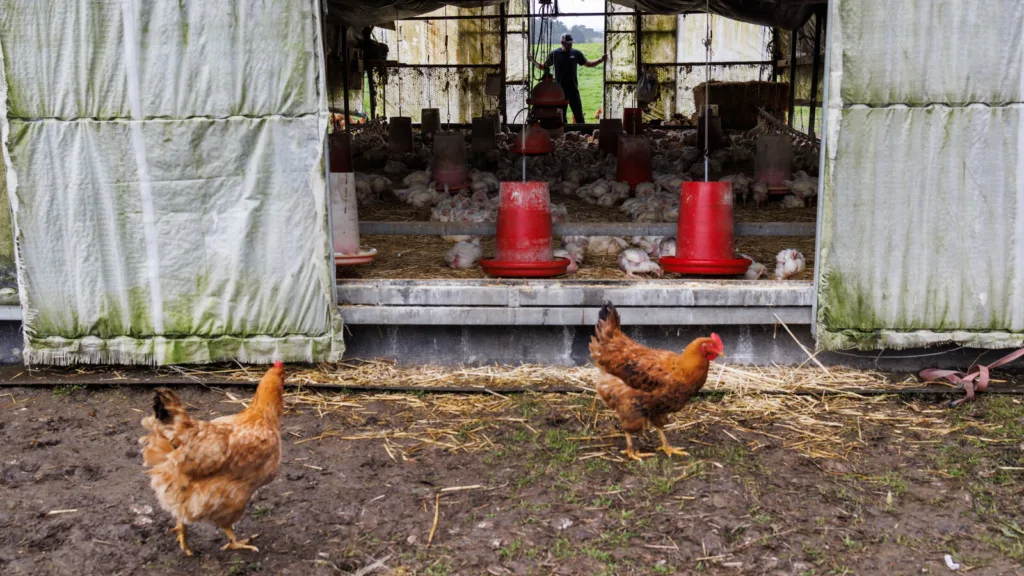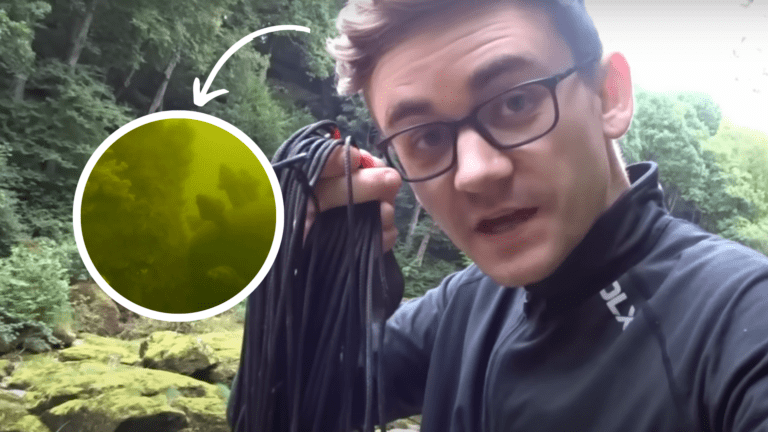Bird Flu Could Be the Next Pandemic After Alarming Twist!

Health officials are raising alarms about the possibility of bird flu, particularly the H5N1 strain, sparking the next pandemic. Richard Pebody, the director of epidemic and emerging infections at the UK Health Security Agency (UKHSA), recently expressed concerns about the growing threat, stating that H5N1 “has the potential to become a pandemic.” This warning comes after a major leap in the virus’s behavior, as it was recently found in a sheep in northern England – the first known case of its kind in the world.
A New Twist in the Bird Flu Story
The H5N1 strain of bird flu is no stranger to the public. It has been around since the 1990s, primarily affecting birds, but recently it has started making its way into other animal species, such as cattle and, now, sheep. This shift in behavior marks a worrying change. Pebody referred to the recent case as a “new twist to the story,” but noted that it’s reassuring that no further cases in sheep have been detected yet.

The virus’s ability to jump from species to species is one of the most alarming factors in its potential to cause a global crisis. In the past few years, this virus has been detected in various animals across the world, including dairy cattle in the United States and other livestock in the UK. The UKHSA is working closely with animal health teams to ensure that human health is protected, but this recent case raises new concerns about the virus’s behavior.
The Global Pandemic Threat
H5N1 is just one of several pathogens that health officials are closely monitoring. UKHSA has listed bird flu as one of the top four viruses that could trigger the next global pandemic. The virus has already infected humans, with one case in the UK where a farmer contracted bird flu after coming into contact with infected birds. In the U.S., the first human death from H5N1 occurred in January when a 65-year-old man died after exposure to wild birds.

While H5N1 remains a major concern, other viruses are also under close scrutiny. Measles-like viruses are another key worry. These viruses, experts say, could be “considerably more dangerous than Covid-19.” A new measles-type virus could spread more rapidly than Covid, with an R number (the average number of people one infected person will pass the virus to) higher than that of earlier Covid variants. This would make containment much harder, even with strict lockdown measures.
Other Viruses on the Watchlist
In addition to H5N1 and measles-like viruses, other deadly pathogens are also being monitored. Among them are viruses from the Picornaviridae family, which cause diseases like polio and acute flaccid myelitis (AFM). AFM, a rare condition that leads to muscle weakness and paralysis, has already affected a 15-year-old boy in the UK. Health authorities are also keeping an eye on viruses from the Paramyxoviridae family, including the Nipah virus, which can be transmitted from bats or pigs to humans and often causes brain swelling and death.

Another alarming trend is the increase in measles outbreaks globally. In England alone, 2,911 cases of measles were reported last year, the highest number since 2012. This rise in cases is partly due to declining vaccination rates. Measles can lead to serious complications like pneumonia, vision loss, and brain damage, making it a dangerous threat, especially to children.
What Can Be Done?
In response to these emerging threats, the UK government has launched a new reference document to help scientists and researchers stay up to date on the latest pathogens. The document aims to target research efforts, ensuring that resources are focused where they are most needed to speed up vaccine and diagnostic development. This is critical for preparing for potential pandemics and ensuring that the world is ready to respond quickly if a new deadly virus emerges.

Dr. Isabel Oliver, Chief Scientific Officer for UKHSA, emphasized that this tool would be instrumental in guiding scientific research and preparedness. The goal is to ensure that when the next health threat arises, the world will be better equipped to handle it.
Conclusion
The emergence of bird flu in sheep and the continued threat of other viruses, like measles and Nipah, highlight the pressing need for global readiness. With the possibility of another pandemic on the horizon, it’s crucial for scientists, governments, and health organizations to remain vigilant and prepared. While H5N1 is a significant concern, it’s just one of many potential threats that could change the course of global health in the coming years.






